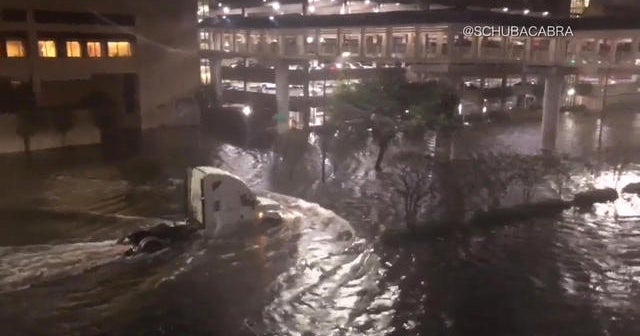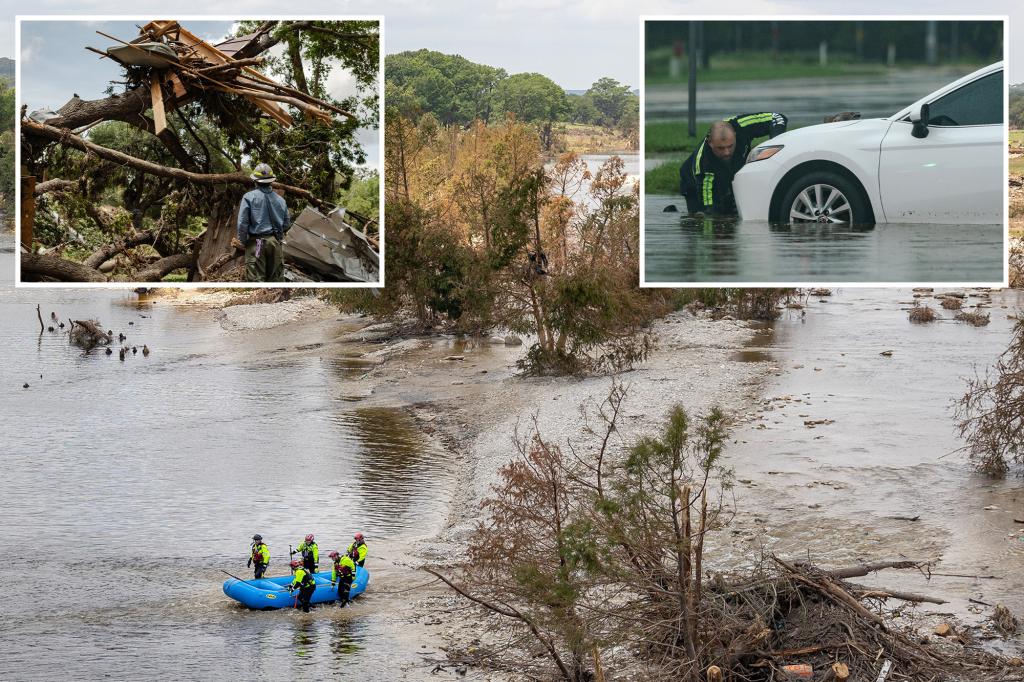Hurricane Nate Strikes: What You Need to Know as the Storm Hits Land
Hurricane Nate made landfall on the evening of October 7, 2023, bringing with it a tempest of unprecedented force. With maximum sustained winds reaching up to 100 miles per hour, the storm has already altered the lives of countless residents along the Gulf Coast. As Nate continues its path inland, it is imperative for communities to remain vigilant and prepared.
The Path of Destruction
Initially forming in the Caribbean, Hurricane Nate rapidly intensified, catching meteorologists off guard. The National Hurricane Center (NHC) reported that the storm’s trajectory shifted unexpectedly, leading to increased concerns for states such as Louisiana, Mississippi, and Alabama. As the storm made landfall, it unleashed torrential rain and fierce winds, causing widespread power outages and flooding.
Current Impact and Preparedness Measures
Residents in affected areas are advised to heed local authorities’ warnings and follow emergency protocols. Here are key preparedness measures that should be taken:
- Stay Informed: Regularly check updates from the National Weather Service and local emergency management agencies.
- Emergency Kit: Ensure your emergency kit is stocked with essential supplies, including water, non-perishable food, medications, and important documents.
- Evacuation Routes: Familiarize yourself with local evacuation routes and have a plan in place for your family and pets.
- Secure Property: Bring in outdoor furniture, secure windows and doors, and remove any debris that could become projectiles in high winds.
Socioeconomic Implications
The ramifications of Hurricane Nate extend beyond immediate physical damage. The economic impact on the Gulf Coast can be substantial, particularly in regions heavily reliant on tourism and fishing. Local businesses may face prolonged closures and loss of revenue, while the cost of repairs and recovery could strain state budgets.
Insurance claims are likely to surge in the aftermath of the storm, further complicating the recovery process for individuals and businesses alike. Analysts predict that the long-term effects of such storms could lead to shifts in economic stability for certain coastal communities.
Climate Change and Hurricane Intensity
The increasing frequency and intensity of hurricanes like Nate raise critical questions about the role of climate change. Studies indicate that warmer ocean temperatures contribute to the rapid intensification of storms. As the planet continues to warm, meteorologists warn that we may see more hurricanes that behave unpredictably, raising the stakes for coastal communities.
Furthermore, the intersection of climate change and urban development is a pressing concern. Coastal cities that have expanded without adequate infrastructure to manage storm surges and flooding are particularly vulnerable. This calls for urgent discussions among policymakers regarding sustainable development and climate resilience strategies.
Lessons Learned from Hurricane Nate
As Hurricane Nate continues to unfold, communities and individuals can draw valuable lessons from this experience:
- Community Preparedness: The importance of community engagement cannot be overstated. Regular drills and preparedness workshops can foster a culture of readiness.
- Infrastructure Investment: Governments must prioritize investments in infrastructure that can withstand extreme weather events, including improved drainage systems and stronger building codes.
- Public Awareness: Increasing public awareness about the realities of climate change and its effects on weather patterns is crucial for future preparedness.
Looking Ahead: Future Predictions
As meteorologists track Hurricane Nate’s movements, they emphasize the need for ongoing vigilance. The storm’s potential to spawn tornadoes and further flooding poses significant risks in the coming days. Residents should not become complacent even as the storm progresses inland.
Moreover, the lessons learned from Nate will likely influence how communities prepare for future storms. Experts predict that the growing unpredictability of hurricane patterns will necessitate a reevaluation of emergency response strategies nationwide.
Conclusion
Hurricane Nate serves as a stark reminder of nature’s power and unpredictability. As we navigate through the aftermath of this storm, it is crucial for individuals and communities to reflect on the challenges posed by climate change and the importance of proactive preparedness. By learning from our experiences and adapting our strategies, we can better equip ourselves for the storms of tomorrow.
See more Your Daily Weather



